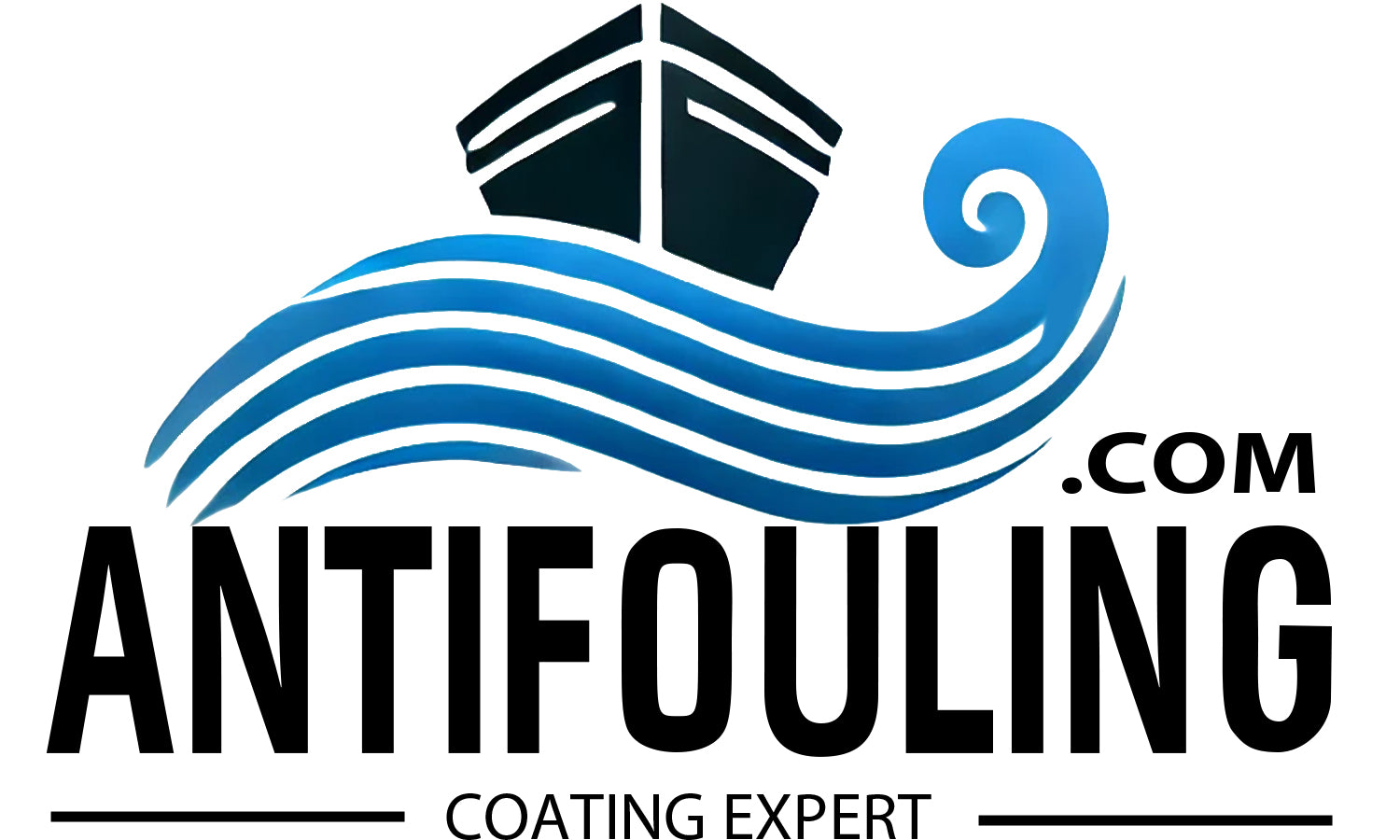Antifouling is an essential protection for boats and yachts that prevents algae, mussels and other organisms from settling on the underwater hull. Without this protection, growth can not only impair the handling characteristics, but also lead to higher fuel consumption and long-term damage. But how exactly does antifouling work? Here we explain the mechanisms and the different types of coatings.
The basics: Why does growth occur?
Boats that remain in the water for long periods of time provide an ideal surface for microorganisms, algae and mussels. These organisms attach themselves to the hull and form a layer of growth that:
-
Increases the flow resistance.
-
The speed of the boat is reduced.
-
Drastically increases fuel consumption.
-
Can damage the boat hull in the long term.
Antifouling coatings counteract this problem by either actively preventing growth or making it more difficult for it to adhere.
How does antifouling work?
The effect of antifouling is based on two main principles:
-
Biocide release: Many antifoulings contain biocidal agents that are slowly released from the coating. These substances prevent the growth of microorganisms and mussels on the surface.
-
Mechanical removal: Self-polishing antifoulings are continuously removed when moving in the water. This always exposes a fresh layer with active ingredients.
These mechanisms work together to keep the underwater hull clean and efficient.
The different types of antifouling
1. Self-polishing antifouling
-
How it works: The top layer of antifouling is removed by water movement, exposing new biocide-containing layers.
-
Advantages:
-
Even release of the active ingredients.
-
Ideal for boats that are used regularly.
-
-
Disadvantages:
-
Not ideal for fast boats or trailer boats.
-
2. Hard antifouling
-
How it works: This coating releases the biocidal active ingredients very slowly and forms a hard, resistant surface.
-
Advantages:
-
Particularly robust against mechanical stress.
-
Suitable for fast motorboats or boats that are often launched.
-
-
Disadvantages:
-
Often less effective over the entire season.
-
3. Biocide-free coatings
-
How it works: These advanced coatings use physical properties, such as extremely smooth surfaces, to prevent organisms from adhering.
-
Advantages:
-
Environmentally friendly and without toxic substances.
-
Ideal for inland waters or environmentally critical zones.
-
-
Disadvantages:
-
More frequent cleaning required.
-
Choosing the right antifouling
The choice of the right antifouling depends on several factors:
-
Water type: Salt water, brackish water or fresh water have different requirements.
-
Boat type: Sailboats, fast motorboats and trailer boats have different needs.
-
Intensity of use: Boats that are used regularly benefit from self-polishing antifouling, while trailer boats are better equipped with hard antifouling.
care and maintenance
Even the best antifouling cannot work indefinitely. Regular inspection and care are therefore crucial:
-
Cleaning: Remove light growth during the season with soft sponges.
-
Repainting: Apply a new coat before each season, especially with hard antifouling.
-
Inspection during crane operation: Examine the condition of the underwater hull after the season and repair any damaged areas.
Conclusion
Antifouling is an essential protection for any boat that stays in the water for a long time. Whether self-polishing, hard or biocide-free - choosing the right product and applying it carefully not only ensures the performance of your boat, but also helps protect the environment. Get advice on the selection and application to achieve the best result.

Share:
Can you paint over antifouling?
Which antifouling for GRP boats?